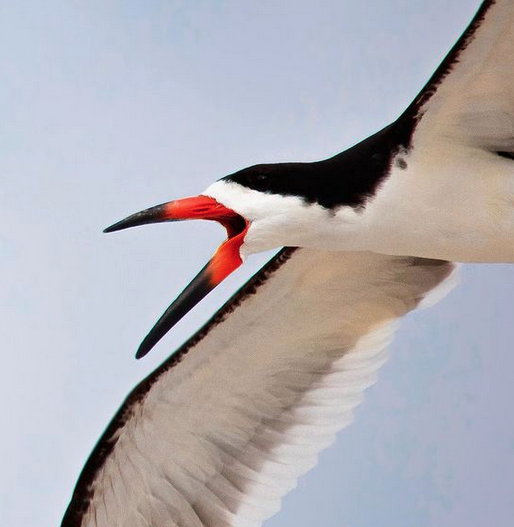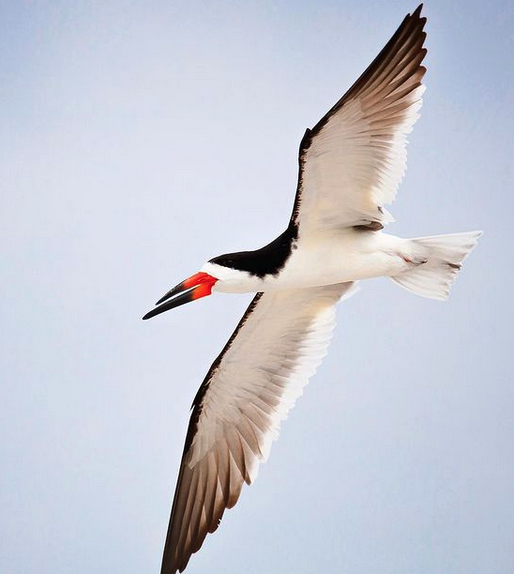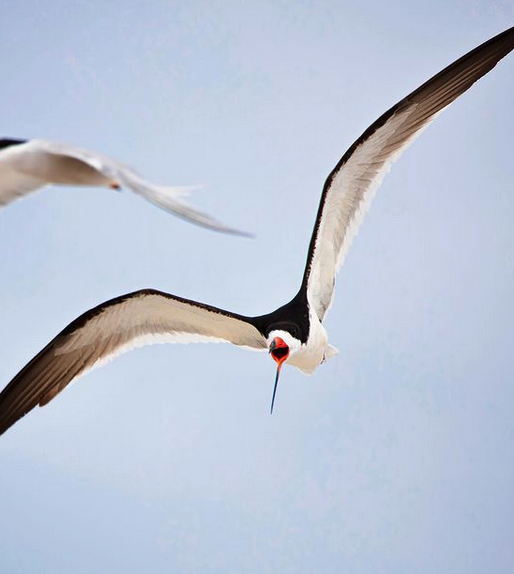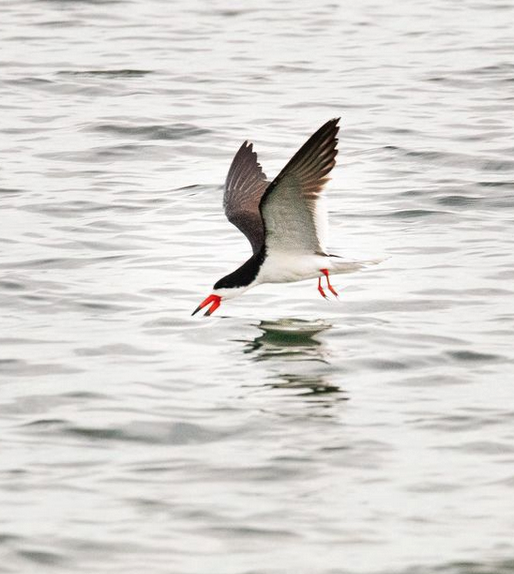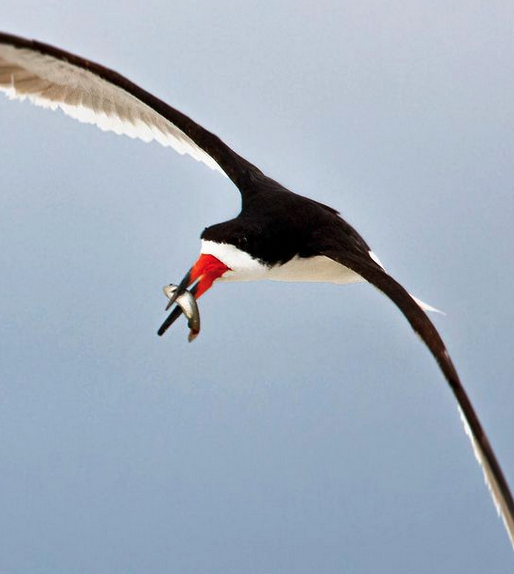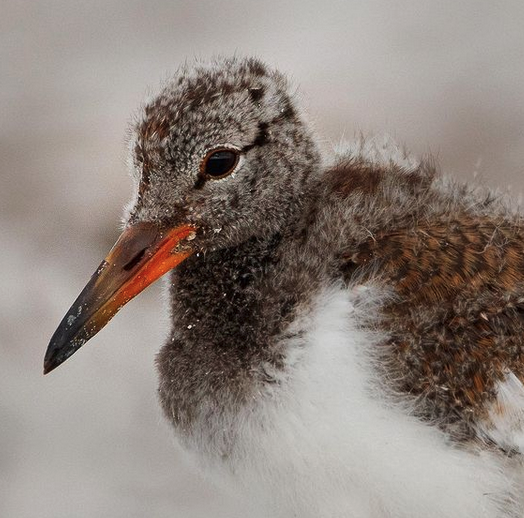Check out this set of photos from the nesting colony of Black Skimmers on Wrightsville Beach!

I captured these moments last month just after sunrise before the beach got crowded.
There were several pairs of Skimmers there taking care of their chicks and plenty of space to observe these beauties from a respectful distance.
With all the challenges faced by nesting seabirds, it’s such a joy to see new life thriving on the coast of North Carolina.
Black Skimmers typically nest as a large colony on the sand flats in between the dunes on our barrier islands.
One to five eggs are laid into a depression in the sand and are incubated by both parents for around 23 days.
The chicks break out of their eggs already covered in downy feathers and can even run around within a few hours of hatching.




During the first few days, one parent will stay with the chick but shortly thereafter the little one will be left alone on the beach while both parents go off to catch its next meal.
Despite their mobility, the little ones rely solely on their parents for food and usually scurry off to hide under some beach grass to await their parents return.
Aren’t they sweet?
🙂
Photos by @sally_siko of @birdwatching_nc on the full frame beast of an SLR, the mighty @canonusa
#5Ds

